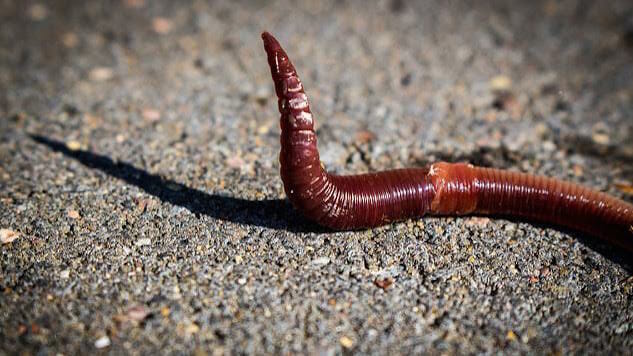Teenage Worms Shine a Light for Rebels Everywhere

Teenage angst gets a bad rap. Psychologists call it a search for identity. Biologists talk about hormones. And the music business calls it emo.
In January, we noted that a study at the Salk Institute conducted on roundworms suggests that teenage ambivalence could have an evolutionary purpose. The wishy-washy behavior that is so indicative of the teenage experience (one day it’s charm bracelets, the next day glow sticks!) could be the teenage brain’s way of keeping its options open in uncertain times. The noncommittal brain isn’t saying “yes, no, maybe so” because it’s trying to infuriate its parents. It’s doing so in order to keep its options open until time and experience reveal the best course of action.
The Study
The experiment began by placing microscopic Caenorhabditis elegans worms at various stages in growth in the (not-so-proverbial) petri dish. Scientists dabbed two scents on each side of the dish. The first side had a neutral odor. The second side contained the chemical diacetyl, more informally known as “buttered popcorn smell”—which, it turns out, is a regular part of that worm’s diet.
Over multiple trials, scientists observed that adult worms went straight for the diacetyl, while the adolescent worms took their sweet time. They went left, they went right; sometimes they did not make it to the diacetyl at all.
“It’s like the younger worms are angsty teens,” says Laura Hale, a collaborative researcher at Salk and first author of the paper. “To watch their behavior, it’s as though they say, ‘Yeah, I know I’m supposed to go over there but I just don’t feel like it.”
Gossip Girl fans: sound familiar?
Similarities Between a Human Teenage Brain and a Roundworm
You don’t have to be a scientist to guess that the human teenage brain is significantly more complex than that of worms. Indeed, a human brain has 100 billion neurons; the worms of this experiment lay claim to a paltry 302. The Salk Institute, however, believes that their findings could apply to humans as well.
-

-

-

-

-

-

-

-

-

-

-

-

-

-

-

-

-

-

-

-

-

-

-

-

-

-

-

-

-

-

-

-

-

-

-

-

-

-

-

-









































